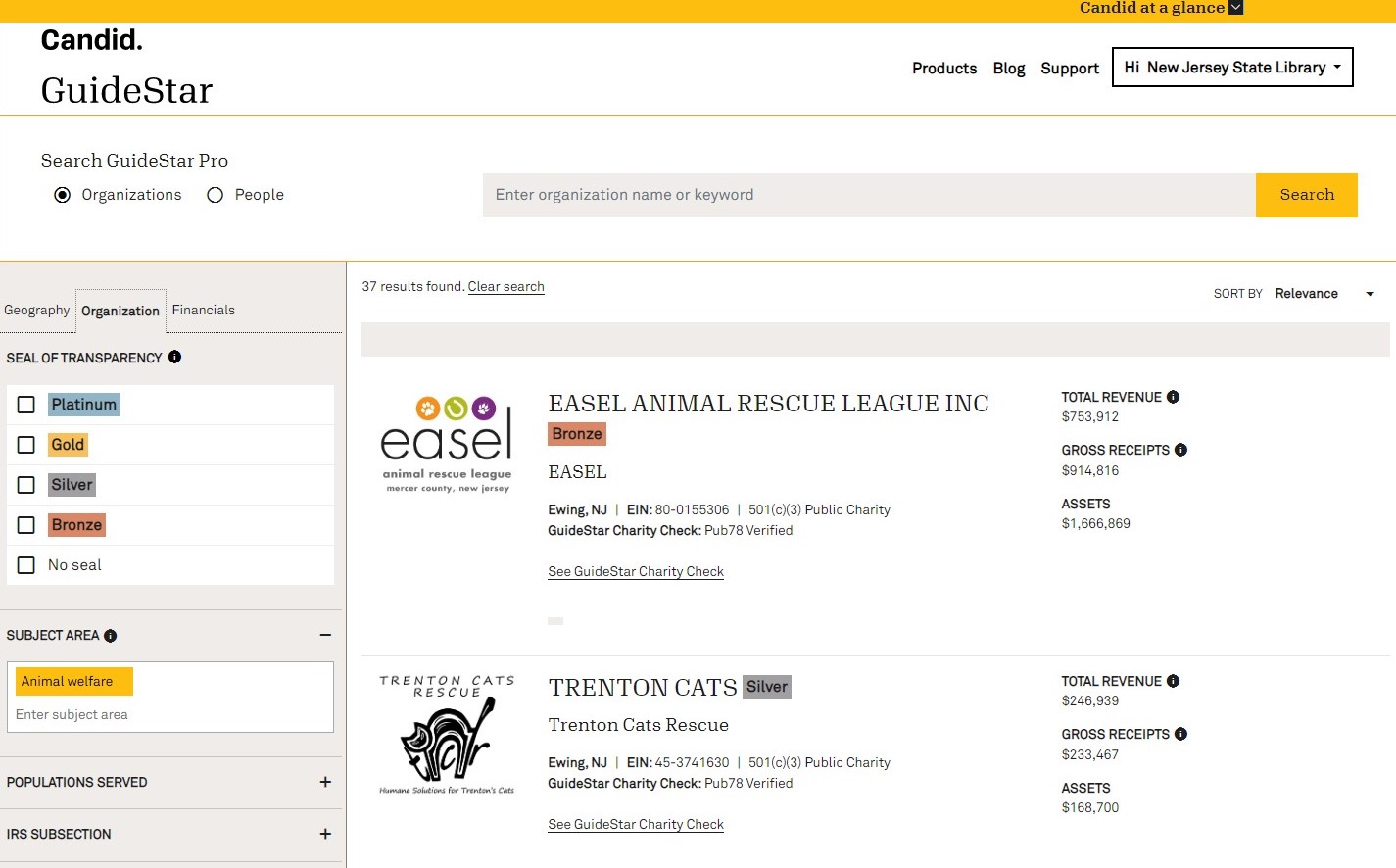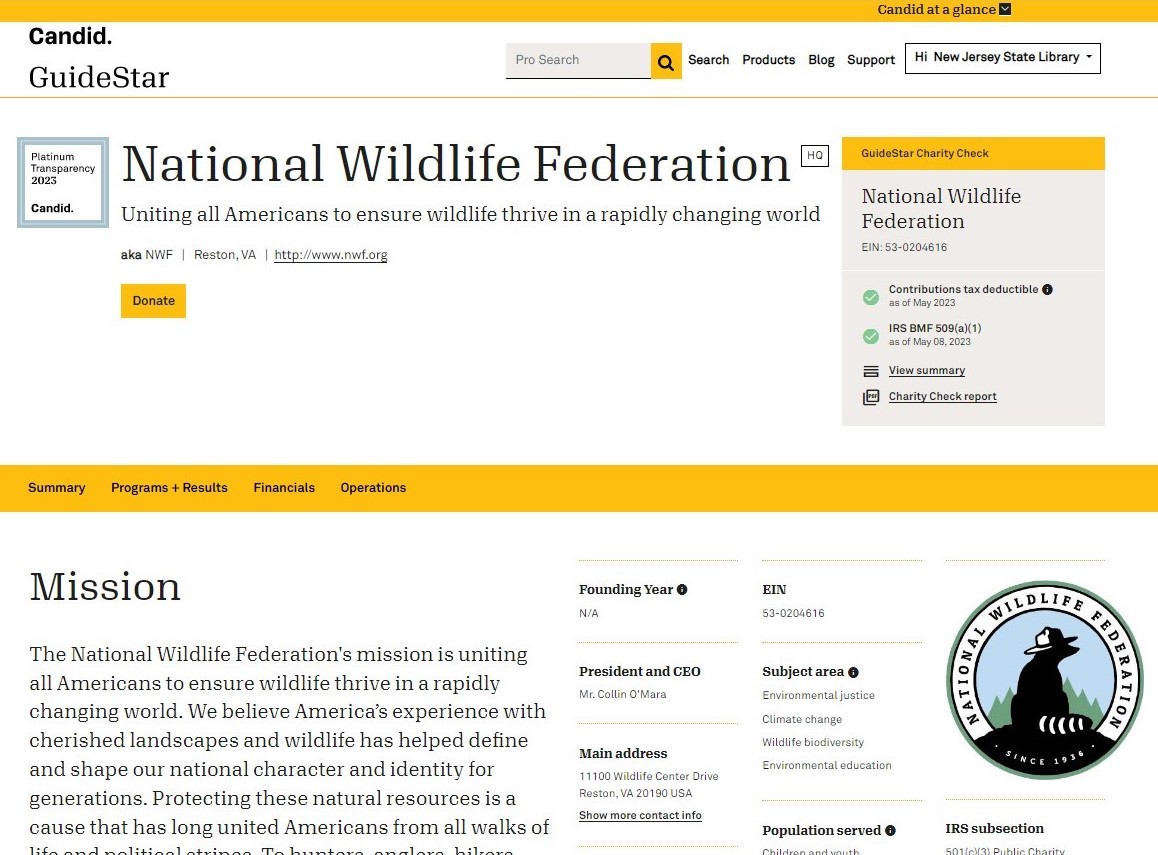Thank you to Arlene Ferris-Waks from the NJ Bureau of Securities for her overview of cryptocurrency, a topic that is very confusing and always changing with new developments. While cryptocurrencies have been around since 2009, there is still a lot of uncertainty regarding the viability, stability, and future of the digital asset. Is it safe? How does it work? Should I buy or invest? Arlene addressed all of these questions, so let’s dive in!
What Is Cryptocurrency?
The first and best known cryptocurrency Bitcoin was first released in 2009 in response to the market crash in 2008. Cryptocurrency is a 100% digital asset that is also completely decentralized, meaning it is not regulated or managed by a central authority like government or a bank. It uses strong cryptography through blockchains to secure transactions; those transactions are then recorded in a decentralized, online ledger which are then verified when the cryptocurrency is mined by powerful computers.
You can use cryptocurrency online to buy goods and services through the use of a cryptocurrency wallet. A wallet is needed to provide proof of the digital currency and allows the sending and receipt of digital tokens. These wallets can be either “cold” or “hot”, meaning that they either reside on hardware or software. Keys, randomly generated numbers and letters, are needed to gain access to cryptocurrency wallets and can be public (used only to receive crypto from others) or private (used to provide access to a user’s crypto wallet). While cryptocurrency is not regulated, it is considered an asset class so it is subject to capital gains taxes.
There are over 50 types of cryptocurrencies, with Bitcoin, Ethereum, and Dogecoin being some of the most well-known. Bitcoin is the most popular and known type of cryptocurrency; there is a limit of 21 million Bitcoins that will ever be in circulation. Stablecoins are another form of cryptocurrency, but are pegged to real world currencies and are therefore, less volatile. A third type of cryptocurrency is Non-Fungible Tokens, better known as NFTs. NFTs are digital files (music, artwork, images) of real world objects, encoded with digital rights. In many instances, NFTs are meant to be a digital version of an original work that will never be reproduced, allowing a value to be placed on it and used as a form of currency.
Blockchain
Earlier we mentioned that cryptocurrencies are secured and recorded through cryptography known as blockchain. Blockchain is a database that stores information in blocks that are connected to each other. This data structure holds records while ensuring security, transparency, and decentralization. In theory, different types of information can be stored in a blockchain, but as it relates to cryptocurrencies, blockchains are currently used as a ledger, storing information about each transaction in a chronological order.
These blockchains must be verified and authenticated in order for the cryptocurrency to have any value. This is done through a process called mining. Mining is a energy-intense process where high-powered computers are used to solve complex mathematical equations that are used to verify and authenticate the cryptocurrency, which results in the creation of a coin or token. Some types of cryptocurrencies, such as Polkadot and Cardano, do not require mining.
Concerns and Scams
The biggest concern with cryptocurrencies are that they are unregulated; without centralized control, they cannot be backed by any guarantees from government or a bank. Additionally, there is also the possibility of losing 100% of your investment in crypto. The digital nature of the currency also makes it more susceptible to hackers who can gain access to your digital wallets. Due to the anonymity of crypto, it is popular among hackers as a form of payment.
Cryptocurrencies have also created a new environment from which scammers can prey on unsuspecting or ill-informed individuals. Fake digital wallets can be used to steal all of someone’s investment in crypto. Pig butchering is a common type of scam associated with cryptocurrencies where someone is convinced to slowly invest more and more money into a fake crypto account because the gains are improperly inflated. Once that person is finally willing to withdraw their money or use the cryptocurrency, it is all gone.
Another popular scam that has shifted into the crypto world is the romance scam. With so many people using social media to meet new people and start relationships, it is very easy for people to fall for the romance scam. In this instance, someone is constantly paying for or “investing” their money into crypto at the strong encouragement from someone they met online. Their money is usually never actually invested into crypto or is put into a fake digital wallet. Eventually the person is ghosted by their romantic interest and all of their money is gone, to the tune of millions sometimes.
More Information
Cryptocurrencies are a new, revolutionary type of currency that seeks to let market forces determine its value rather than being tied to solvency of a specific country or institution. Because of it’s novel approach to currency, there is still a lot of volatility and concern surrounding cryptocurrencies so it is of the utmost importance to stay informed if you are investing in or using it. For up-to-date information regarding cryptocurrency prices, please visit:
You can find more information about cryptocurrencies from the NJ Bureau of Securities at https://www.njconsumeraffairs.gov/bos/Pages/Cryptocurrency.aspx. You can view a recording of the webinar on our YouTube channel at https://youtu.be/z6am5cxKjMs. If you have questions or think you may have been a victim of a scam, please contact Arlene at ferris-waksa@dca.njoag.gov or 973-997-3349. A list of handouts from Arlene are available below:




































 Black professional baseball originated in the 1880s and reached an end shortly after Hall of Fame ball-player Jackie Robinson’s entry into the Major Leagues. This moving and informative program celebrates that history, and gives back to great ballplayers, so often overlooked, some of the acclaim that they so deserved It locates this story into the larger Black and white world of which the Negro Leagues were a part. Selections from a documentary, produced by noted baseball historian Lawrence Hogan, lets players that Hogan was close to, speak about their playing days and their great love for the game. A special feature of this program has poet and playwright Kevin Kane presenting his original poem, “Breaking the Line with the Mudville Nine,” a Negro League update to that iconic American poem, “Casey at the Bat.”
Black professional baseball originated in the 1880s and reached an end shortly after Hall of Fame ball-player Jackie Robinson’s entry into the Major Leagues. This moving and informative program celebrates that history, and gives back to great ballplayers, so often overlooked, some of the acclaim that they so deserved It locates this story into the larger Black and white world of which the Negro Leagues were a part. Selections from a documentary, produced by noted baseball historian Lawrence Hogan, lets players that Hogan was close to, speak about their playing days and their great love for the game. A special feature of this program has poet and playwright Kevin Kane presenting his original poem, “Breaking the Line with the Mudville Nine,” a Negro League update to that iconic American poem, “Casey at the Bat.”





